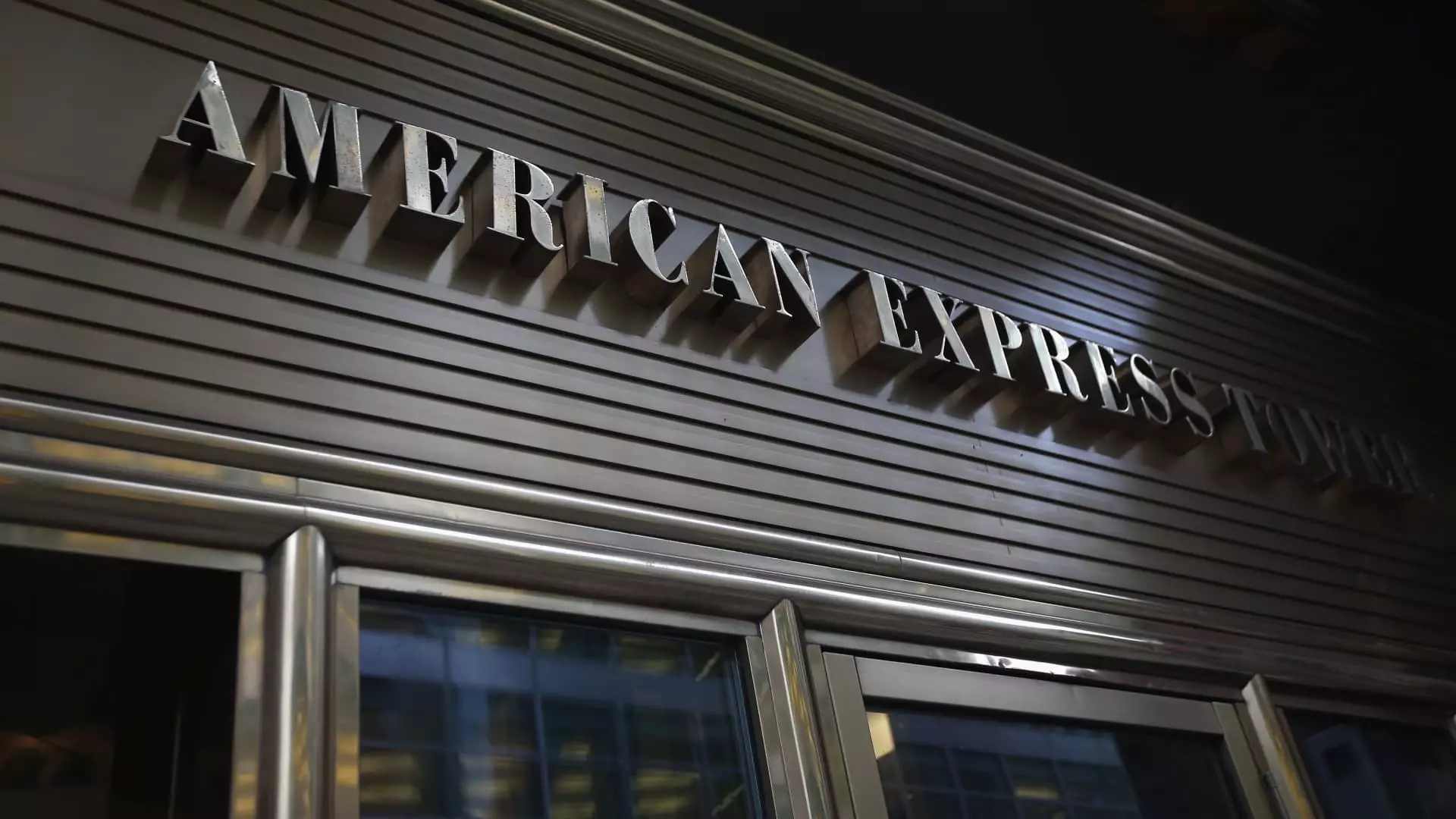7 Surprising Reasons Why American Express Shines Amid Economic Turmoil

In a climate punctuated by financial uncertainty and looming tariffs, American Express (AmEx) stands as a beacon of resilience. Unlike many in the financial sector, the affluent clientele of AmEx appears unfazed, continuing to flex their purchasing power. This demographic, largely insulated from economic tremors, has propelled AmEx’s transaction volumes to an impressive 6% increase. In a world rife with unpredictability, it is particularly noteworthy that the growth has been primarily driven by the younger generation—millennials and Gen Z—who are investing 14% more in experiences and luxury products.
Impact of Younger Consumers
The ascendancy of younger cardholders marks a pivotal shift in consumer behavior. As they prioritize experiences over material goods, the continued spending surge among these age groups serves as a harbinger of evolving societal norms. While older generations—such as Gen X and Baby Boomers—show a more conservative approach to spending, the vigor of younger generations is reshaping the landscape. Their willingness to spend significantly on leisure experiences, like dining, which saw an 8% increase, is a testament to their confident economic outlook. It raises questions about the spending habits of different demographics and the implications for businesses relying on these groups.
Economic Anxiety vs. Financial Confidence
Interestingly, the stark contrast between the enthusiasm of younger spenders and the caution exercised by older generations highlights a broader societal divide. With the economy facing headwinds, including troubling stock market declines attributed to the administration’s tariff policies, it’s easy to assume that consumers would retrench. Yet, AmEx’s CFO, Christophe Le Caillec, emphasizes a paradox: wealthy cardholders seem to draw strength from their economic status, whether accurately or not. In this light, their resilience could reveal a fundamental fearlessness in the affluent marketplace, allowing them to disregard external pressures that typically weigh heavily on consumer sentiment.
Interesting Insights from Spending Trends
One cannot ignore the implications for small businesses, which may adopt a strategy of increased inventory in anticipation of rising costs due to impending tariffs. While this could signal consumer panic, the growth in dining expenditures suggests a more nuanced response among affluent consumers, who are focusing on life’s pleasures amidst uncertainty. Dining, as a “non-deferrable” expense, emerges as a clear indication of consumer confidence, potentially reinforcing AmEx’s market position in a way that’s more profound than mere figures can depict.
Challenges Beneath the Surface
However, not all is rosy for AmEx. A closer inspection reveals a minor slowdown in airline transaction growth, which raises flags. With only a 3% increase, down from a soaring 13%, this decline could signal wavering traveler confidence. Airlines and retailers are voicing caution about future earnings thanks to tariff-induced market volatility. If the affluent begin to curtail their travel plans, that would inevitably impact not just AmEx, but the broader economy.
In a volatile market, AmEx’s performance is not just about numbers; it highlights the psyche of the affluent consumer, and how their behavior shapes economic narratives. The optimism and indulgence of these individuals contrasts sharply with signs of caution from more traditional segments, inviting deeper exploration into the future of spending across socioeconomic strata.





